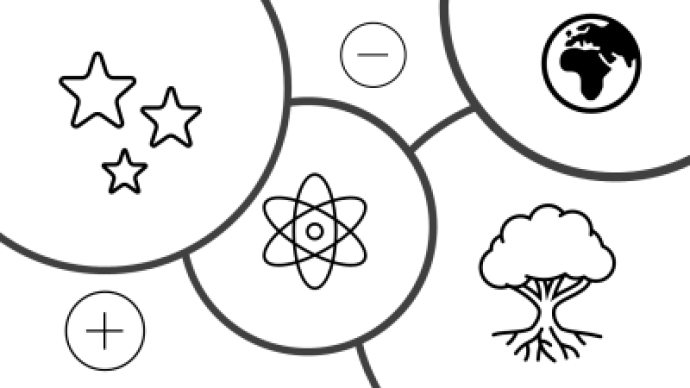- Sub-atomic Particles
Particles come in different sizes – some are so small that they make up atoms - like electrons. We call these sized particles “sub-atomic”. These also include protons and neutrons.
But these are made of even smaller particles called quarks!
Particle physics is the branch of science which studies these small particles. They include photons, the particles which also make up light.
- Microscopic Particles
Atoms themselves are also classed as particles. Even molecules, which are made of several atoms, can also be called particles.
These are called microscopic particles. They include things like carbon and water.
- Macroscopic Particles
We even use the idea of particles when we are trying to make computer models. These models would be far too complicated if we tried to model each atom. In space, we use these models to work out where all the dark matter is in the Universe, or what happens inside stars when they explode.
Instead, we make a number of particles which we can track more simply. These are called n-body simulations where n stands for number. These particles are often called macroscopic ones.
So there is no such thing as a particle - it is a word we use to describe lots of small things!

